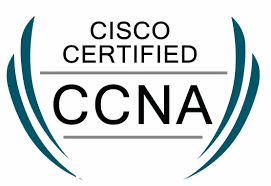Gain the foundational knowledge and skills necessary to install, configure, and operate a small to medium-sized Cisco network.
CCNA | Implementing and Administering CISCO Solutions v2.0 Boot Camp teaches professionals how to install, operate, configure, and verify a basic IPv4 and IPv6 network. You’ll learn how to configure network components, such as a switch, router, and Wireless LAN Controller. You’ll also gain the skills needed to manage network devices and identify basic security threats.
Important consideration:
This is an intensive, extended-hours boot camp. You should expect to be in class for 12 hours each day.
Are you prepared to take this course?


